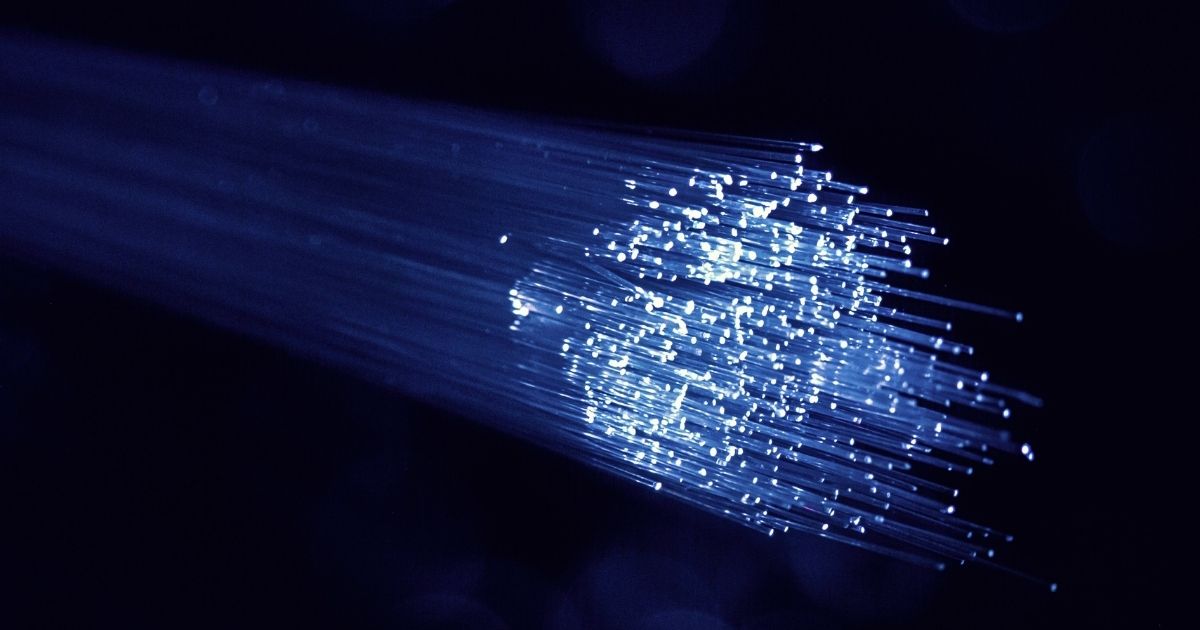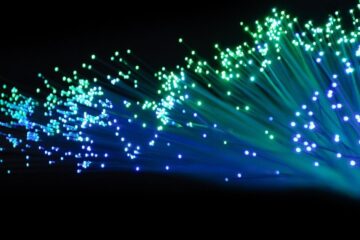
Will 5G replace fiber or cable broadband? With years of experience in the Telco market, Fernando Terceiro gives us his opinion on this controversial topic. See below this opinion article.
Once upon a time we dreamt that the internet would change our lives, but with the advent of 5G technology, it’s about to change all over again as some of the high-tech companies are taking a stab at internet 2.0.
Fibre optic cables and copper cabling create most of the internet physical infrastructure around the world. Fibre cables are used in the backhaul network to meet the very large growth in data and connectivity of today’s modern society.
The dependency on fibre
To illustrate and understand the dependency of 5G on fibre or cable broadband it´s important to analyse the drivers that generated the demand for fibre optic cable connectivity. We need to know that the internet started life somewhere, from humble computer networks to global connectivity and instantaneous wireless communications. In the 1980s an inexpensive network using dial-up phone lines was established. Later in the same decade Ethernet products, for both computer workstations and personal computers, allowed for the establishment of Local Area Networks (LAN) and the first domain names were created. The following decade, Sir Tim Berners-Lee developed Hyper Text Language (HTML) and the Uniform Resource Locator (URL), giving birth to the World Wide Web (www). 2000 sees the rise and bubble burst of the dotcom era. This decade also sees the rise and proliferation of Wi-Fi (Wireless Internet Communications) as well as mobile internet devices like smartphones.
Much of the internet ran on the ordinary public telephone network using circuit switching technology, which was very inefficient (Dial-up). Data moves over the internet in a completely different way, called packet switching. This is much more efficient. The packets travel through many networks, using communication lines before they reach their destination. A variety of hardware processes those packets and routes them to their proper destinations. The most important pieces of hardware are hubs, bridges, repeaters and routers. One connects to the internet via a variety of ways. Today connectivity is commonly achieved through a variety of methods to transfer data between fibreoptic cables, special Integrated Network Services Digital Networks (ISDN), satellite connection and standard mobile networks 3G or 4G-LTE. 5G is the 5th Generation of mobile networks. It has been designed to meet the very large growth in data and connectivity of today´s modern society.
The mobile network has two main components, the “Radio Access Network”, consisting of various types of facilities including small cells, towers, masts and dedicated in-building and home systems that connect mobile users and wireless devices to the main “Core Network”. For 5G, the Core Network is being redesigned to better integrate with the internet and cloud based services and includes servers across the network, improving response times (reducing latency). A key factor of 5G tower consideration is the availability of fibre, as there´s no point in having ultra-fast speeds if the backhaul isn´t there to support it.
It’s not possible for 5G replace fibre or cable broadband, they need to work together
It´s clear that 5G and future emerging technologies are dependent on a robust, expandable, and upgradable fibreoptic cable network. Full fibre infrastructure is essential to support 5G, which means deployment must continue. The only solution that can deliver the seamless connectivity expected by consumers, is fibre.
Related articles: Smart cities and IoT – the solution to urbanization









